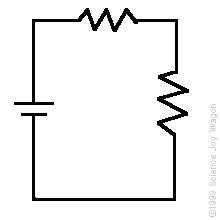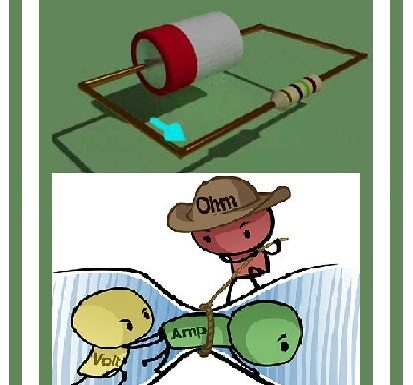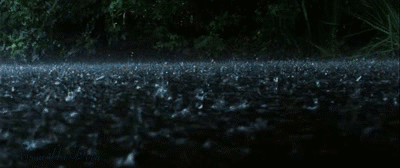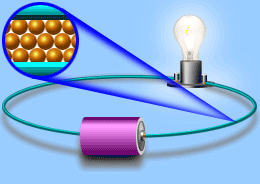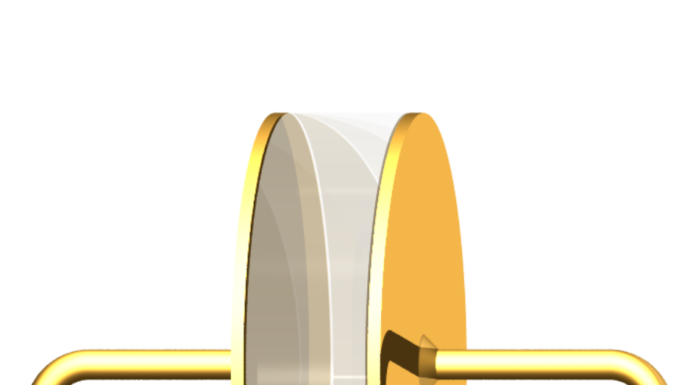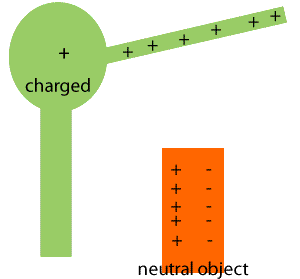There are, two circuit analysis rules that can be used to analyze any circuit, simple or complex. These rules are special cases of the laws of conservation of charge and conservation of energy. The rules are known as Kirchhoff’s...
Resistance
The electrical resistance of an electrical element measures its opposition to the passage of an electric current; the inverse quantity is electrical conductance, measuring how easily electricity flows along a certain path. Electrical resistance shares some conceptual parallels with...
A resistor
The electricity moving through a wire or other conductor consists of its voltage (V), current (I) and resistance (R). Voltage is potential energy, current is the amount of electrons flowing through the wire, and resistance is the friction...
Simple circuits
When charged particles build up in an object it is called static electricity. Another kind of electricity occurs when electrons flow in a current. A battery and wires can make current flow. Look at the simple electric circuit...
Calculating Lightning Distances
Watch the sky for a flash of lightning.Count the number of seconds until you hear thunder.Divide the number of seconds by 5 to calculate the distance the storm is away from your location in miles (or divide...
Electric current
Electricity is produced when an electron moves after being taken away from an atom. Review that atoms make up all matter. Atoms are usually electrically balanced, there are as many positive charges (protons) as there are negative charges...
Electrical Capacitance
You must have heard of the word capacity, for example the capacity of the stadium, or the capacity of the lungs. The word stadium capacity means: How many stadiums can visitors receive. so, by analogy, the word electrical...
Static electricity is the result of an imbalance between negative and positive charges in an object. These charges can build up on the surface of an object until they find a way to be released or discharged.
There are three...
Charging by friction, contact or induction. If you rub a balloon on your hair, electrons will be rubbed off your hair onto the balloon (charging by friction).
If you then place the negatively charged balloon near a neutral wall, the balloon...
